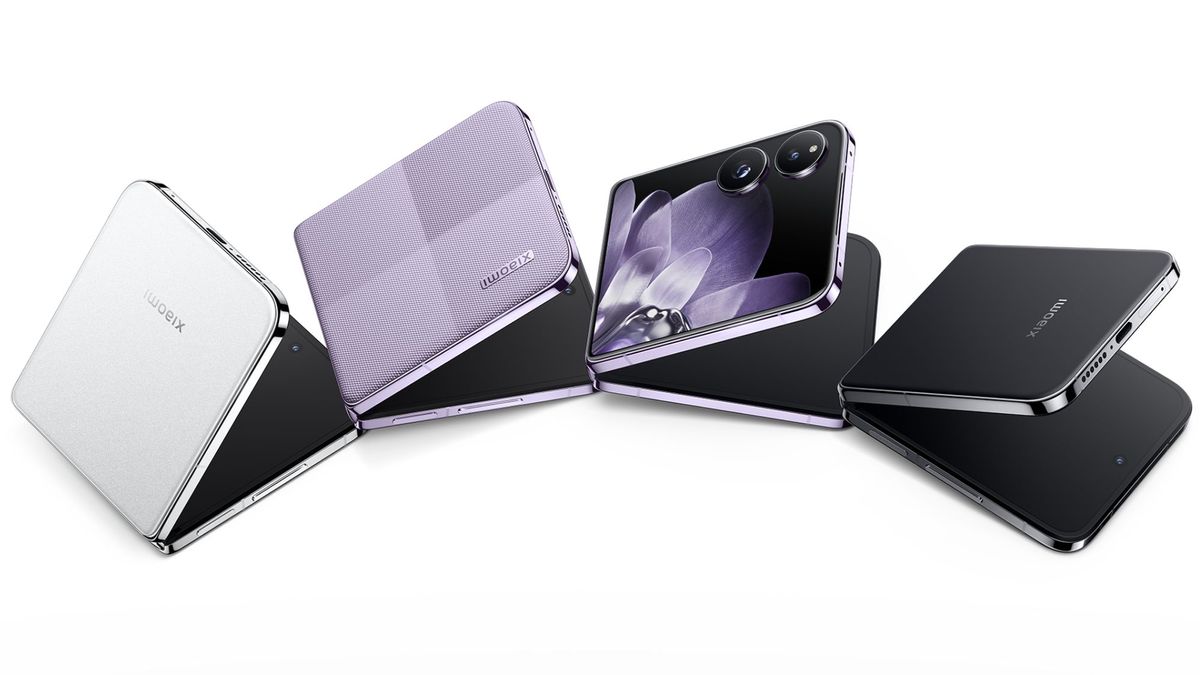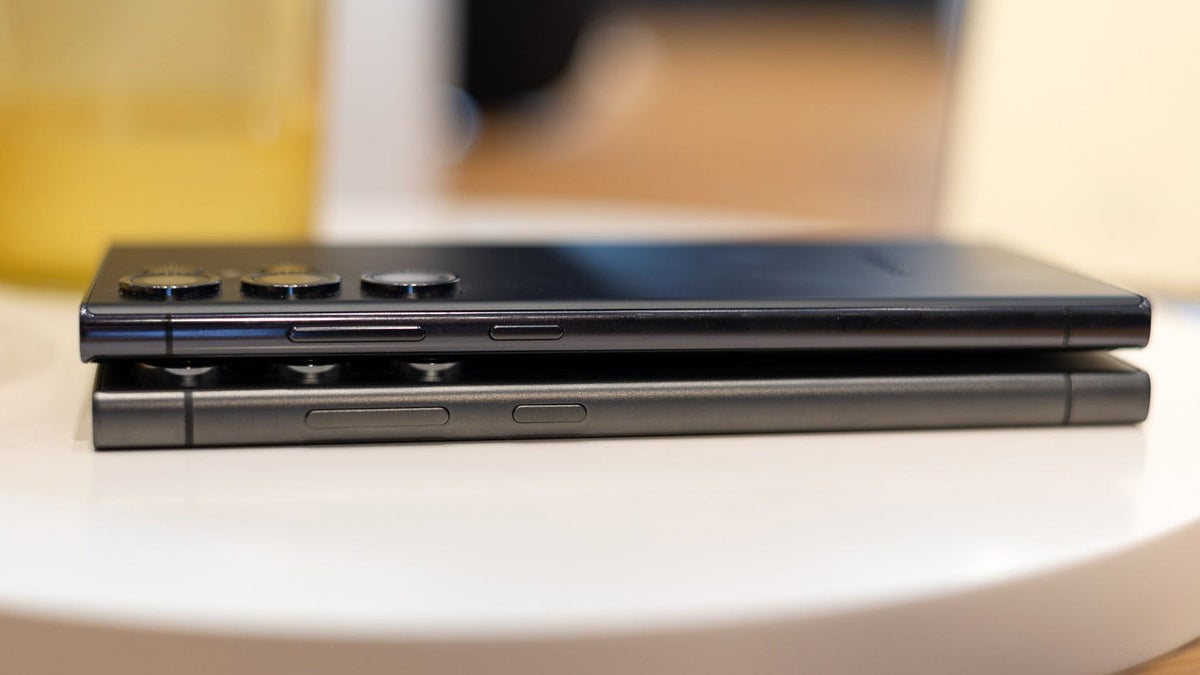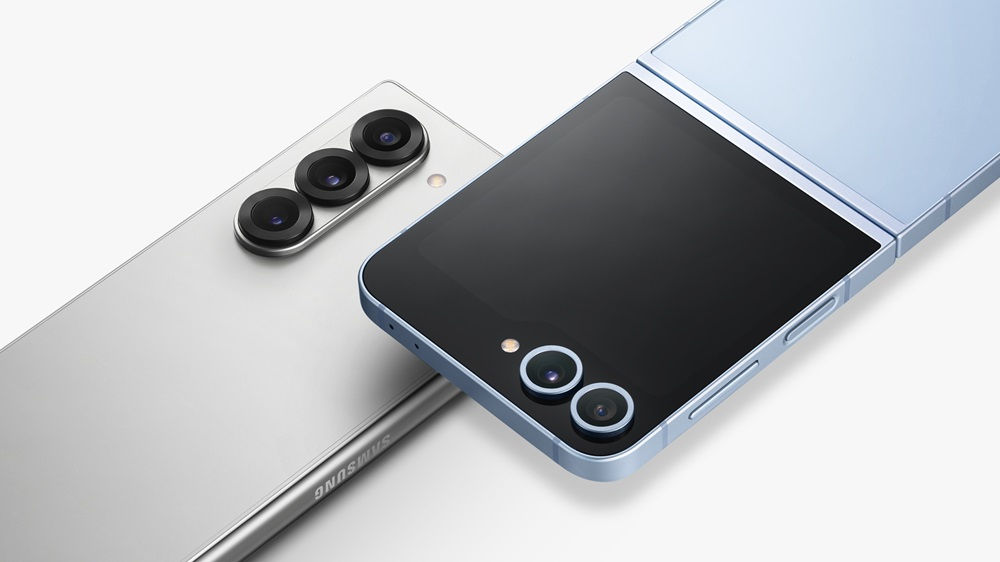From www.sammobile.com
SamMobile has affiliate and sponsored partnerships. If you buy something through one of these links, we may earn a commission.
News for you
Last updated: February 29th, 2024 at 15:15 UTC+01:00
According to a new report from Chosun Biz, Samsung Foundry is planning to integrate the Backside Power Delivery Network (BSPDN) technology in 2nm chips. In this technology, power lines are placed at the rear side of the wafer, which makes it easier to manufacture chips on smaller node sizes (especially node sizes smaller than 3nm) while offering reduced die size, increased power efficiency, and higher performance.
Placing power lines on the front side is becoming difficult
Currently, power lines are placed on the front side of the wafer, which is the same side where the circuit is also engraved. Placing power lines on the same side where the circuit is engraved has made it convenient to manufacture semiconductors. However, as the node size is shrinking, it is becoming difficult to place power lines on the same side where the circuit is engraved as doing so introduces interference, making the designing and manufacturing process very difficult.
BSPDN solves the issue
Implementing the BSPDN technology (placing power lines at the rear side of the wafer) helps with this exact problem as it puts power lines and circuit engraving on different sides of the wafer, reducing interference, and making the designing and manufacturing process easier. Using this technology also reduces die size and increases efficiency and performance.
Samsung Foundry has achieved excellent results
Reportedly, Samsung Foundry has tested the BSPDN technology on two ARM chips, which resulted in the reduction of the die sizes of those chips by 10% and 19% while improving performance and efficiency by a maximum of 9%. The publication also says that the test results have exceeded the company’s performance targets.
Samsung Foundry is expected to start manufacturing chips on the 2nm fabrication process in 2025. The company has also received the first order for 2nm chips and Qualcomm is also expected to knock on Samsung’s door for 2nm chips for its future SoCs.
Intel and TSMC also taking the same approach
Intel Foundry Service is also taking this approach with its 2nm chips (Intel 20A). The company calls its version of this technology Powervia. TSMC is also planning on taking this approach with its 2nm chips. Intel is expected to start manufacturing 2nm chips this year, whereas, TSMC is expected to kick off the production of 2nm chips in 2026.
BusinessPhoneTablet 2nmSamsung Foundry Buy Samsung Galaxy S24
You might also like
![]()
Intel is chasing foundry customers in Samsung’s backyard
Intel appears to be poking around in Samsung’s backyard, as reports say that the US tech giant might be trying to secure contracts for chip manufacturing from fabless South Korean startups. New rumors say that Intel CEO Patrick Gelsinger met with senior executives from South Korea last year. The CEO supposedly revealed Intel’s foundry plans […]
- By Mihai Matei
- 3 days ago

Samsung wins its first 2nm chip order from Japan’s PFN
Samsung Foundry has reportedly received an order from Japan’s Preferred Networks (PFN) to make 2nm AI chips. The South Korean firm failed to attract chip clients for its 3nm semiconductor chip fabrication process, and most big chip firms went with TSMC’s 3nm and 4nm processes. However, this seems like a small win for Samsung Foundry. […]
- By Asif Iqbal Shaik
- 6 days ago
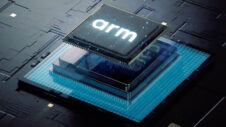
Samsung and Arm collaborate on next-gen Cortex-X CPU cores
Samsung Foundry, Samsung Electronics’ division that fabricates semiconductor chips, has announced its collaboration with Arm (Arm Holdings PLC) for optimized fabrication of next-generation Cortex-X series CPU cores. This collaboration will improve the performance and power efficiency of CPU cores using Arm’s latest Cortex-X series designs and fabricated using Samsung Foundry’s GAA process. Arm and Samsung […]
- By Asif Iqbal Shaik
- 1 week ago
![]()
Samsung’s laser-focused on beating TSMC in advanced chipmaking
Taiwan-based TSMC is the leading contract chip manufacturer in the world. It takes up a major chunk of the very lucrative chipmaking market. Samsung has been trying hard to catch up to its rival but has been finding it difficult, particularly with TSMC’s lead on the 3nm process. Samsung is now laser-focused on beating TSMC […]
- By Adnan Farooqui
- 2 weeks ago
![]()
Some Snapdragon 8 Gen 5 chips rumored to be made by Samsung
Ever since Qualcomm abandoned Samsung Foundry for TSMC after the Snapdragon 8 Gen 1 fiasco, the company hasn’t looked back. Three of its next-generation chips—Snapdragon 8+ Gen 1, Snapdragon 8 Gen 2, and Snapdragon 8 Gen 3—are made by TSMC. However, the company might come back to Samsung Foundry if rumors are to be believed. […]
- By Asif Iqbal Shaik
- 2 weeks ago
![]()
Samsung may have received order from Qualcomm to make prototype 2nm chip
Samsung Electronics and TSMC are competing to get clients for their 2nm chip fabrication processes. While Samsung didn’t get clients other than its own System LSI business for its 3nm process, it is hoping to compete with TSMC in a better way with its 2nm process, and it may have received a potential client in […]
- By Asif Iqbal Shaik
- 2 weeks ago
[ For more curated Computing news, check out the main news page here]
The post Samsung’s new tech to make 2nm chips more powerful and efficient first appeared on www.sammobile.com


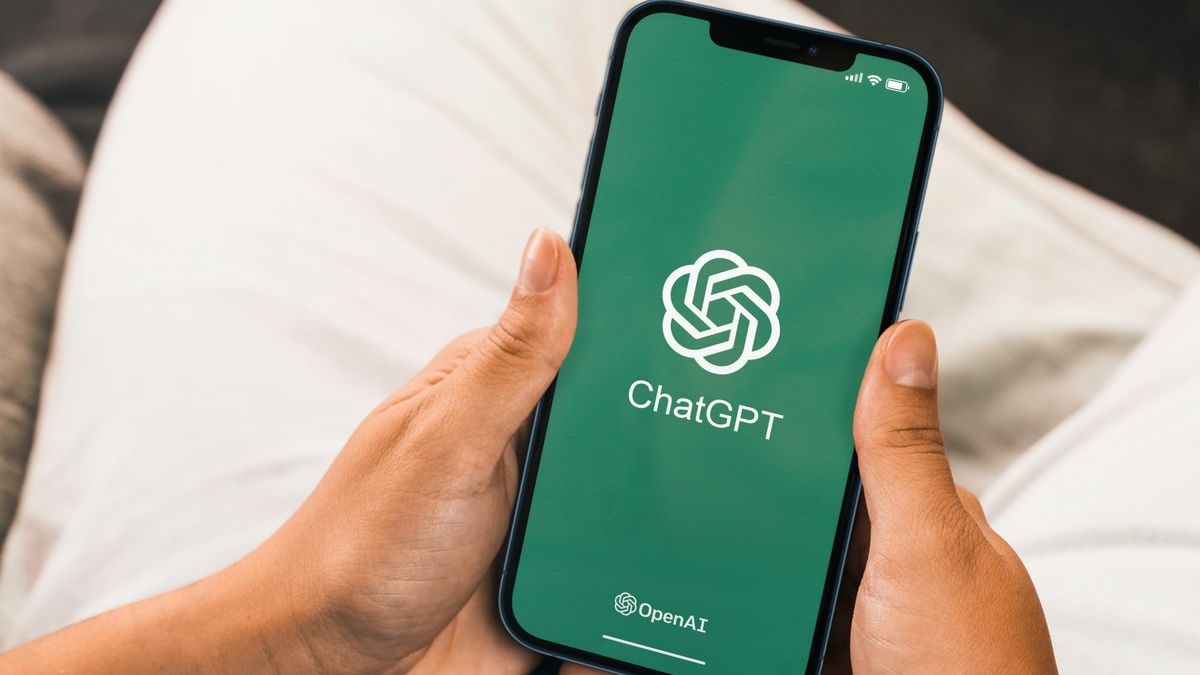


/cdn.vox-cdn.com/uploads/chorus_asset/file/25546355/intel_13900k_tomwarren__2_.jpg)




